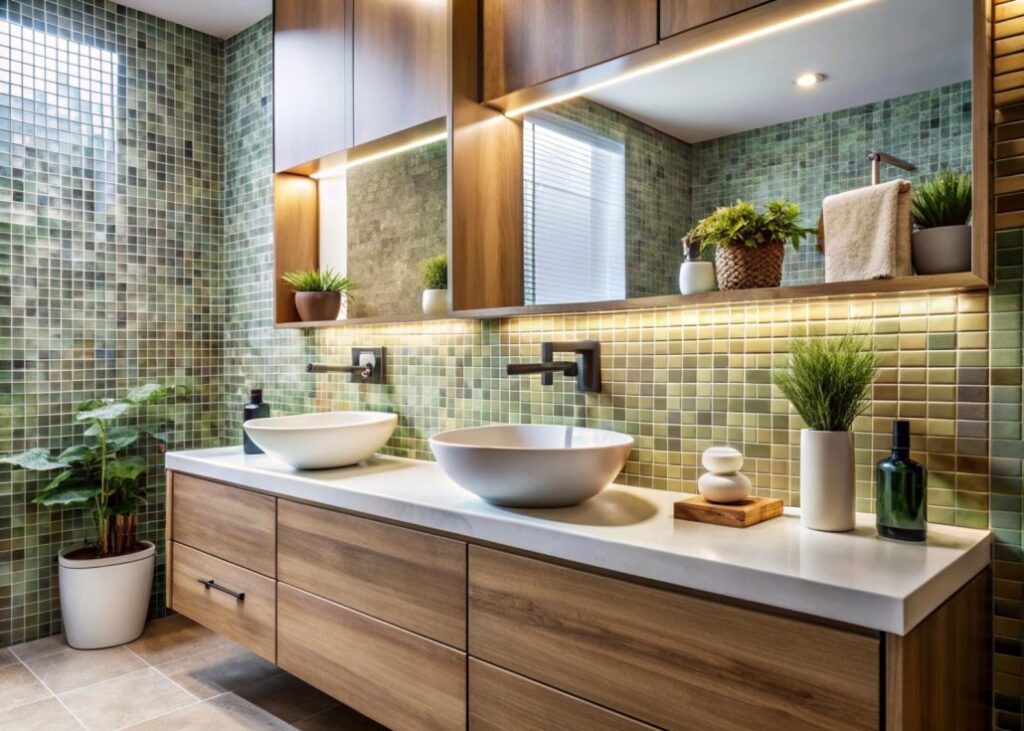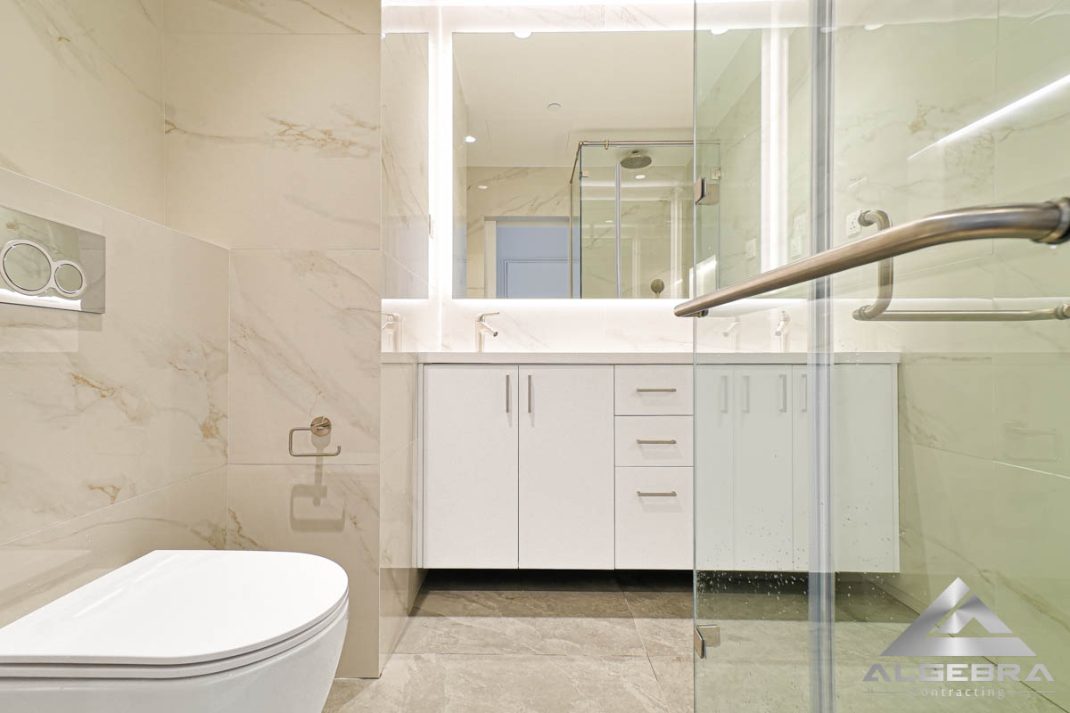
Natural Bathroom Ventilation: Essential Tips for Your Home
Creating a comfortable and healthy living environment is crucial, and an often-overlooked aspect of this is natural bathroom ventilation. A bathroom without proper ventilation can lead to moisture buildup, mold growth, and unpleasant odors. Fortunately, with some thoughtful planning and the right techniques, you can ensure your bathroom remains fresh and inviting. This guide will help you understand the importance of natural bathroom ventilation and how to achieve it effectively.

Why is Natural Bathroom Ventilation Important?
Bathrooms are high-moisture areas due to showers, baths, and sinks. Without adequate ventilation, this moisture can accumulate, leading to problems such as mold growth, damage to fixtures, and poor air quality. Natural ventilation helps to mitigate these issues by allowing fresh air to circulate and moisture to escape. This not only preserves the integrity of your bathroom but also contributes to a healthier home environment.
Methods of Natural Bathroom Ventilation
1. Windows
The simplest and most traditional form of natural ventilation comes from windows. Ensure your bathroom has at least one window that can open wide enough to allow for sufficient air flow. Consider installing windows with adjustable openings to control the amount of air coming in and going out.
2. Ventilation Grilles
Installing ventilation grilles in doors or walls can facilitate air exchange between the bathroom and other parts of the house. This passive form of ventilation helps maintain balanced humidity levels without mechanical intervention.
3. Skylights
Adding a skylight is another effective way to enhance natural bathroom ventilation. Skylights not only bring in natural light but also allow warm, moist air to rise and escape, promoting air circulation.
Design Considerations for Optimal Ventilation
1. Placement of Windows and Doors
Position windows and doors to maximize cross-ventilation. Placing them opposite each other can create a natural draft that improves air flow.
2. Use of Plants
Incorporating indoor plants can enhance air quality in your bathroom. Certain plants, such as ferns and peace lilies, thrive in humid environments and help purify the air.
3. Choosing the Right Materials
Opt for materials that resist moisture and mold. For more information on sustainable materials, you can check out this guide.
Maintaining Natural Ventilation
1. Regular Cleaning
Clean windows, grilles, and skylights regularly to prevent dust and dirt from blocking air flow.
2. Monitor Humidity Levels
Use a hygrometer to track humidity levels in your bathroom. Ideal levels should be between 30-50%. If they exceed this range, consider integrating additional ventilation solutions.
Integrating Smart Home Technology
For those interested in smart home solutions, consider incorporating smart sensors and fans that adjust based on humidity levels. These can be integrated with other smart home sensors to optimize ventilation and energy use.

FAQs
1. How can I improve natural ventilation without a window?
Consider installing a skylight or ventilation grilles to encourage air flow. Using a combination of these methods can significantly enhance ventilation.
2. Are there eco-friendly ways to enhance bathroom ventilation?
Yes, using plants and choosing sustainable building materials can improve air quality naturally. For more tips, you might find this article on eco-friendly renovations helpful.
3. What maintenance is required for natural ventilation methods?
Regularly clean windows, grilles, and plants to ensure they are functioning correctly. Monitoring humidity levels can also help you maintain an optimal environment.
By focusing on natural bathroom ventilation, you can create a healthier and more pleasant home. Whether you’re renovating an existing bathroom or building a new one, these tips and strategies will help you optimize air flow and maintain a comfortable living space. For more insights on creating an efficient home, explore our guide on water-efficient fixtures.
This article contains affiliate links. We may earn a commission at no extra cost to you.